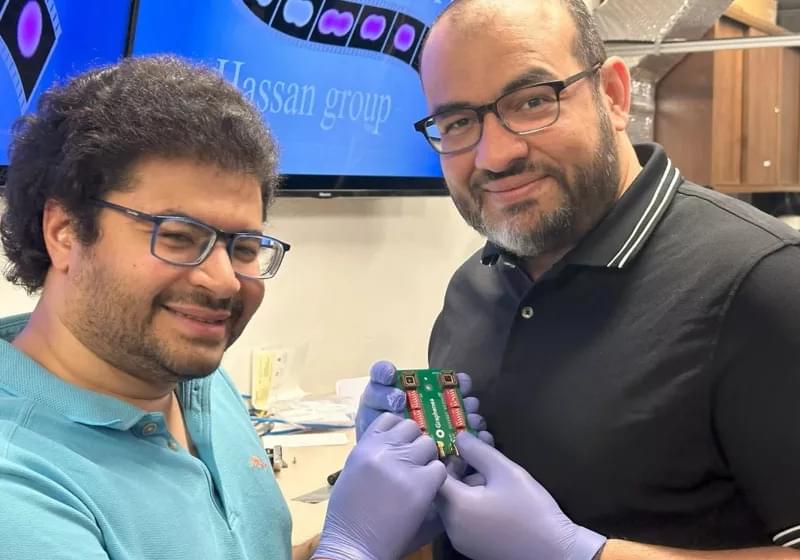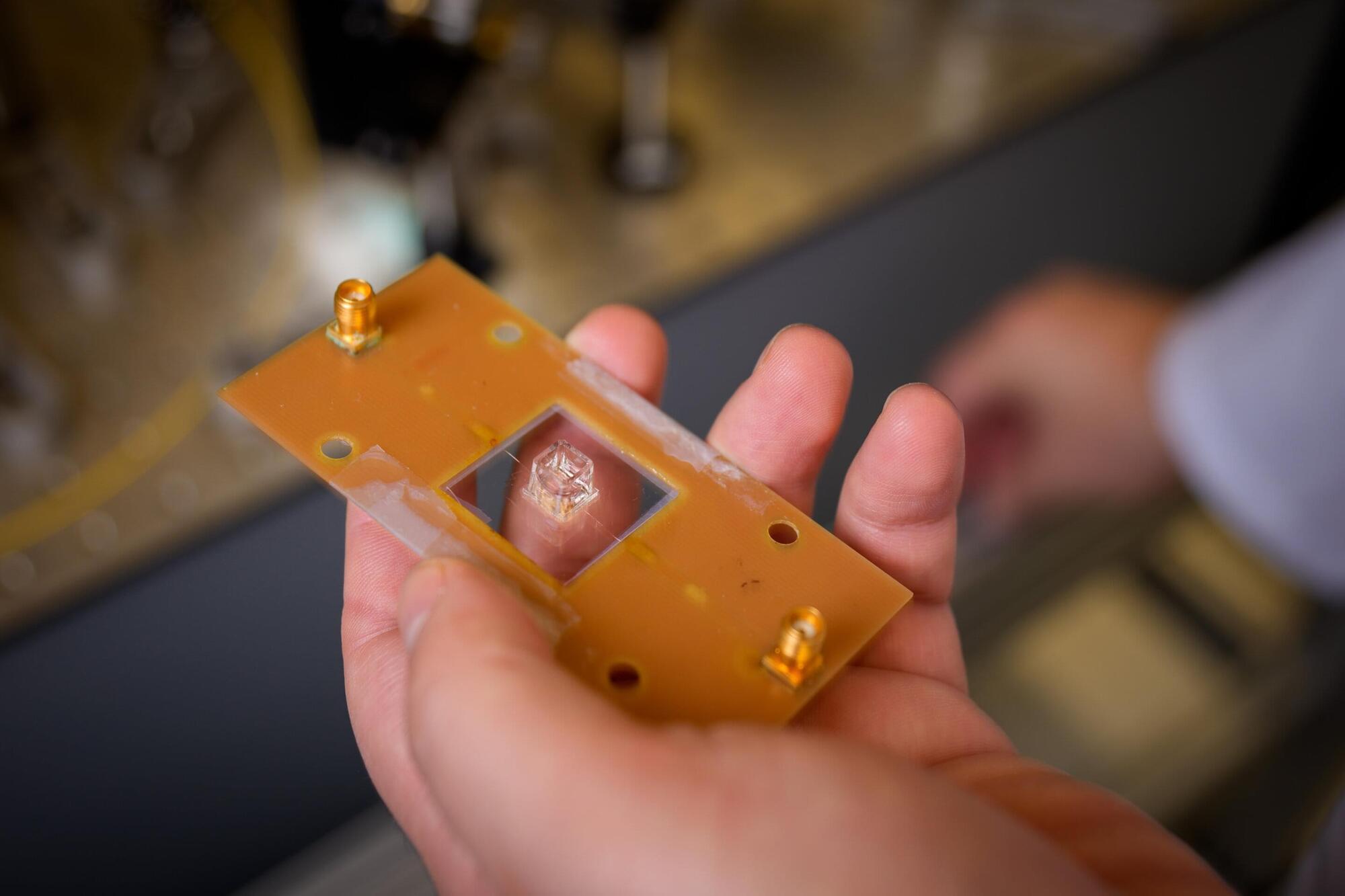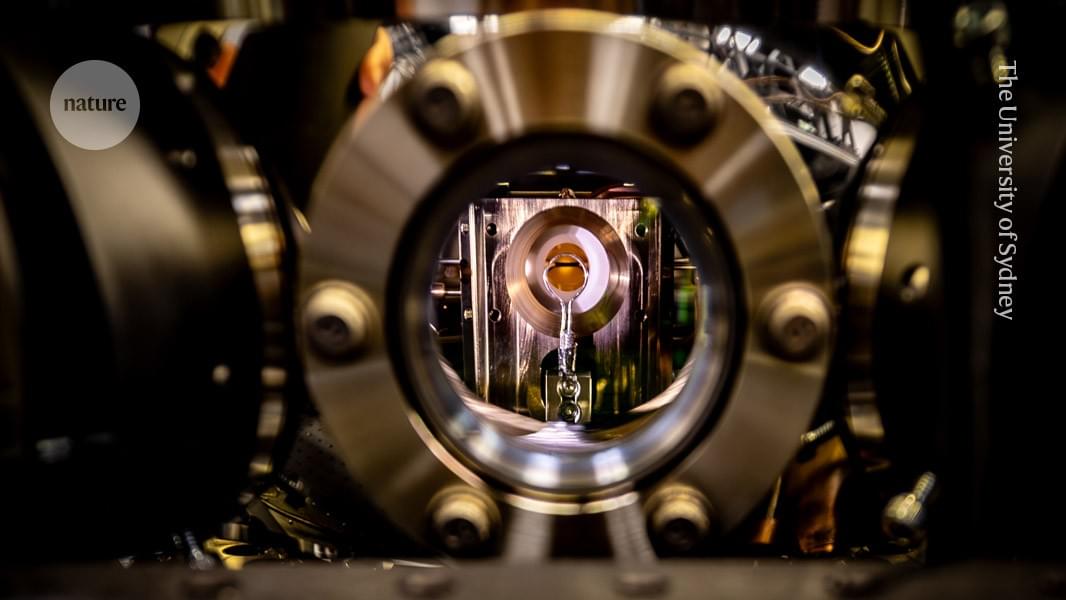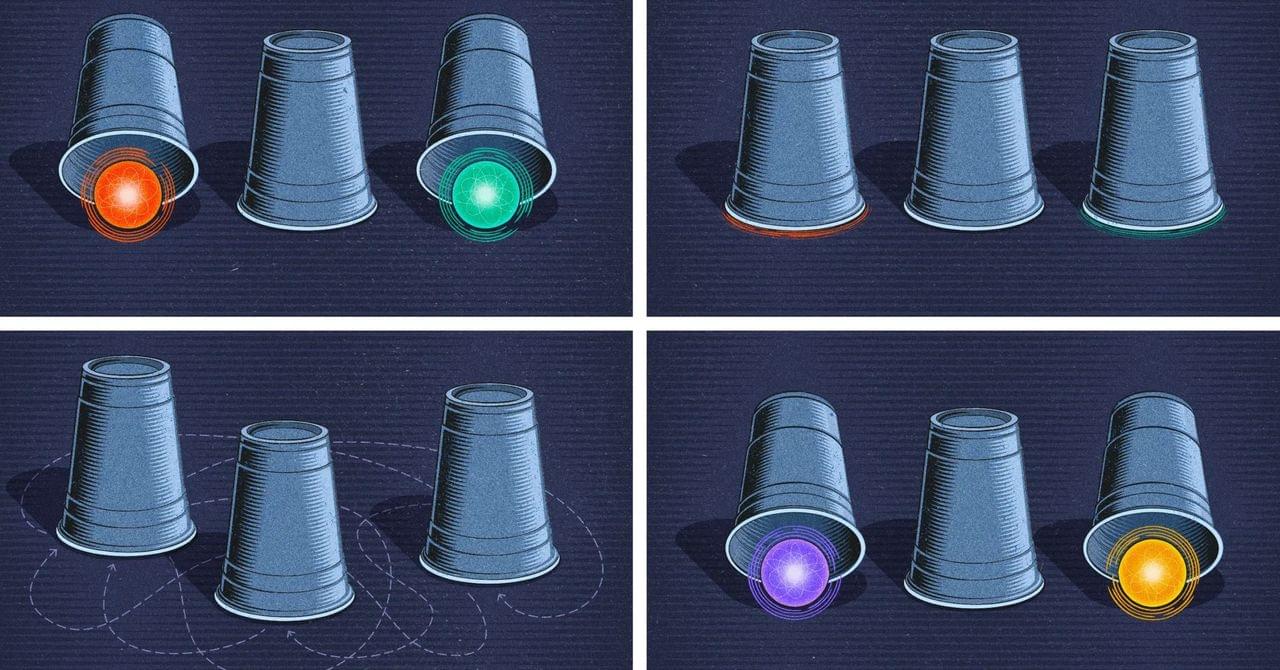A joint team of researchers led by scientists at King Abdullah University of Science and Technology (KAUST) and King Abdulaziz City for Science and Technology (KACST) has reported the fastest quantum random number generator (QRNG) to date based on international benchmarks. The QRNG, which passed the required randomness tests of the National Institute of Standards and Technology, could produce random numbers at a rate nearly a thousand times faster than other QRNG.
“This is a significant leap for any industry that depends on strong data security,” said KAUST Professor Boon Ooi, who led the study, which is published in Optics Express. KAUST Professor Osman Bakr also contributed to the study.
Random number generators are critical for industries that depend on security, such as health, finance, and defense. But the random number generators currently used are vulnerable because of an intrinsic flaw in their design.








